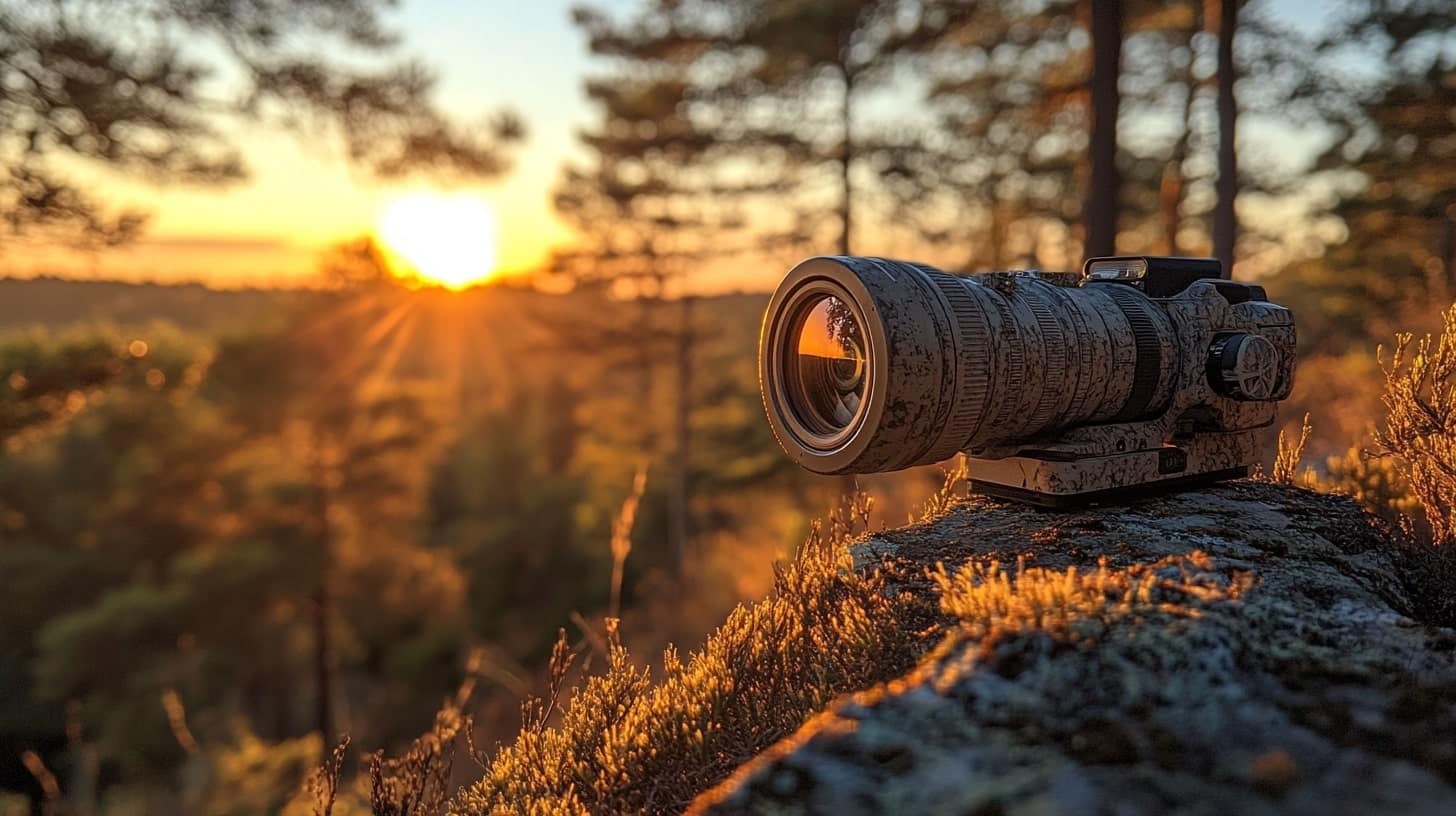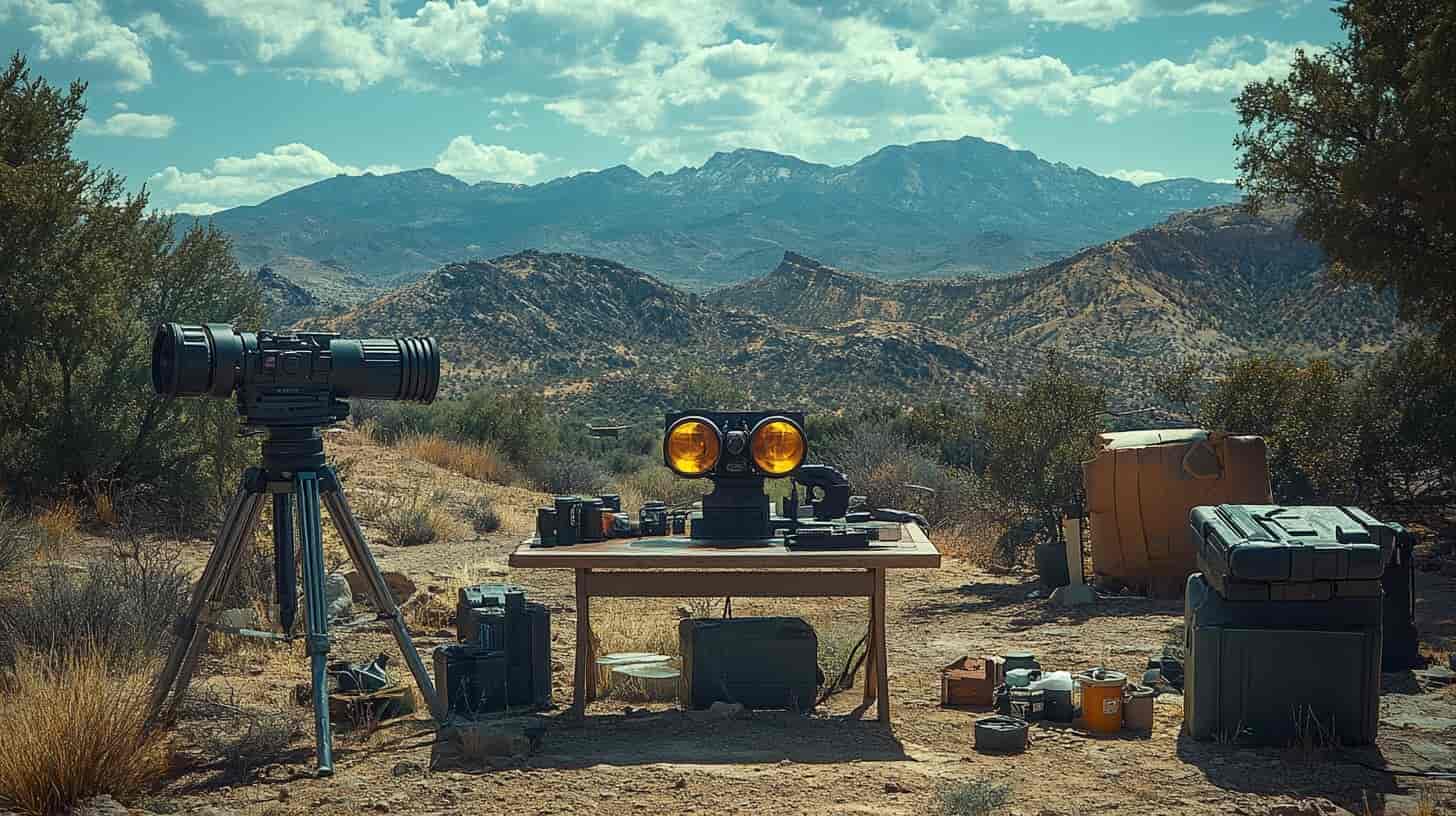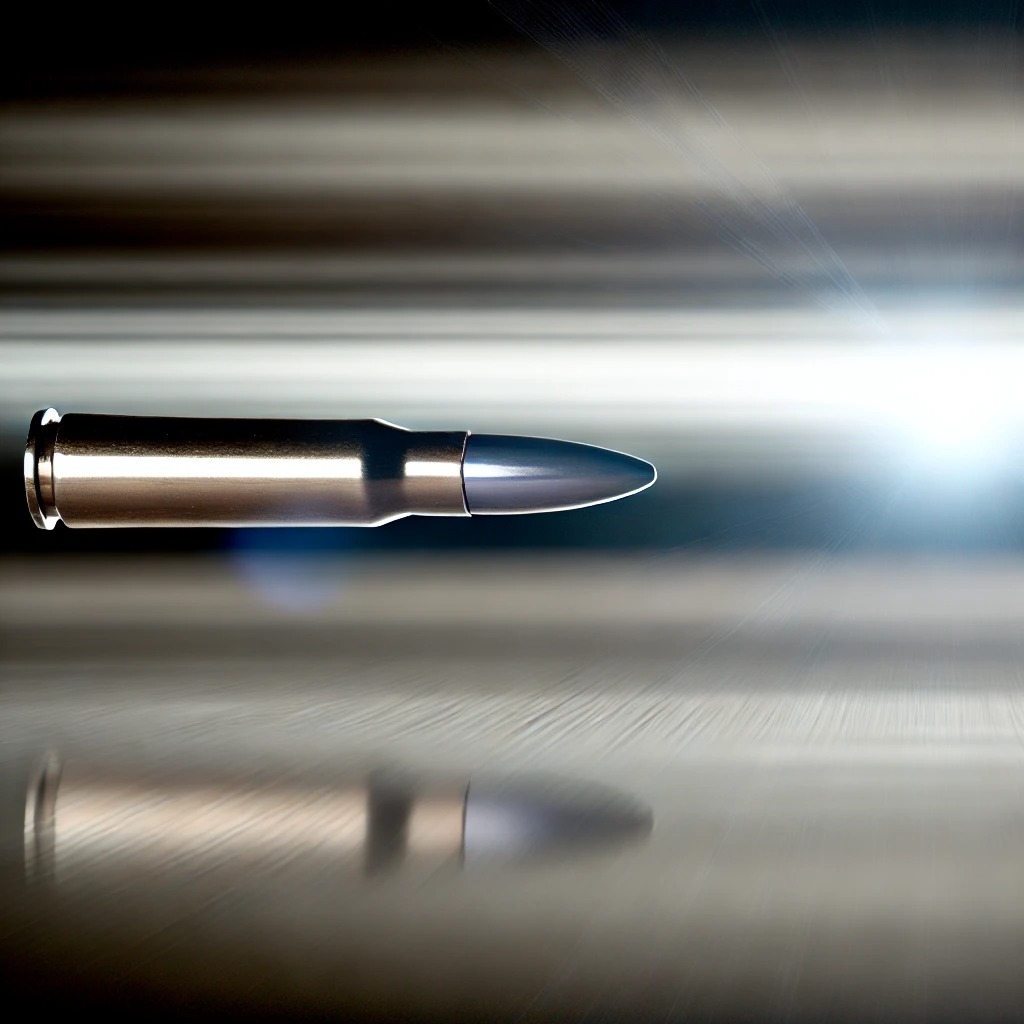Night hunting offers a thrilling challenge that tests your skills, patience, and adaptability in the wild. Thermal optics have revolutionized this experience, providing hunters with unmatched capabilities to spot game in complete darkness. Whether you’re tracking elusive hogs, coyotes, or predators, understanding how to effectively use thermal imaging technology can transform your night hunting success.
In this comprehensive guide, we’ll delve into the benefits of thermal optics, discuss tips for successful night hunting, and explore how this cutting-edge technology works.
Why Thermal Optics Are a Game Changer
Thermal optics detect heat signatures emitted by animals and objects, creating a high-contrast image regardless of lighting conditions. Unlike traditional night vision, which relies on ambient light, thermal devices can work in total darkness, fog, or heavy brush. This makes them invaluable for hunters navigating unpredictable environments.
Some of the most significant benefits of thermal optics for hunters include:
- Enhanced Detection: Animals are easy to spot due to their distinct heat signatures.
- Increased Safety: Thermal imaging reduces the chances of accidentally shooting at non-targets.
- Versatility: Thermal optics can be used during the day and night.
Modern thermal scopes and monoculars offer exceptional range, clarity, and precision, giving hunters the upper hand in challenging conditions.
The Science Behind Thermal Imaging
Thermal imaging works by detecting infrared radiation, which is invisible to the human eye. All objects emit heat, and the intensity depends on their temperature. Thermal devices capture this heat and convert it into an image that allows hunters to differentiate between targets and their surroundings.
Thermal optics typically display images in shades of gray or in false-color palettes like red, orange, and yellow to indicate heat levels. These devices are equipped with sensors, lenses, and image processors, ensuring a clear, detailed view of the environment.
Choosing the Right Thermal Optic
Selecting the right thermal optic for your hunting needs is crucial. Consider these factors when making your choice:
- Detection Range: Ensure the device has a range suitable for the terrain and game you hunt.
- Resolution: Higher resolution provides clearer images, making it easier to identify targets.
- Refresh Rate: A higher refresh rate ensures smoother tracking of moving animals.
- Weight and Size: Compact, lightweight devices are easier to carry on long hunts.
- Battery Life: Opt for models with extended battery life to avoid interruptions.
Popular brands like FLIR, Pulsar, and ATN offer a range of high-quality thermal optics tailored for hunters.
Preparing for a Successful Night Hunt
Preparation is the foundation of a successful hunt. Before heading out with your thermal gear, ensure you’ve accounted for the following:
- Scout Your Area: Familiarize yourself with the terrain during daylight hours. Mark potential animal trails, water sources, and feeding areas.
- Practice with Your Equipment: Spend time getting comfortable with your thermal optic. Learn to adjust settings like contrast, brightness, and zoom to optimize your view.
- Dress Appropriately: Wear layered clothing to stay warm and comfortable. Ensure your outer layer is quiet to avoid alarming game.
- Check Your Gear: Carry extra batteries, a backup flashlight, and any necessary tools to maintain your thermal device.
Techniques for Effective Night Hunting
Thermal optics are powerful tools, but success also depends on strategy. Here are some techniques to enhance your night hunting experience:
- Stalk Strategically: Move slowly and quietly, keeping the wind direction in mind. Animals rely on their keen senses of hearing and smell to detect threats.
- Use Cover Wisely: Take advantage of natural cover like trees, rocks, and brush to remain concealed.
- Scan Regularly: Use your thermal optic to scan the area frequently, looking for heat signatures in unlikely spots like thick brush or dense vegetation.
- Wait for the Right Shot: Thermal optics make it easier to aim accurately, but patience is key. Wait until you have a clear, ethical shot before pulling the trigger.
Ethics and Safety in Night Hunting
While thermal optics enhance your ability to hunt at night, responsible practices are essential:
- Identify Your Target Clearly: Never take a shot unless you are certain of your target and its surroundings.
- Follow Local Regulations: Check your state or region’s hunting laws regarding night hunting and the use of thermal optics.
- Respect Wildlife: Use thermal optics to hunt responsibly and ethically, avoiding unnecessary suffering for the animals.
The Future of Thermal Optics in Hunting
The field of thermal imaging continues to evolve, with innovations offering hunters even greater capabilities. Advanced features like rangefinding, integrated ballistic calculators, and smartphone connectivity are becoming standard in many devices.
As technology improves, thermal optics are becoming more accessible to hunters of all experience levels. Investing in a quality device ensures you stay ahead of the curve and enhance your hunting adventures for years to come.
Conclusion
Night hunting with thermal optics combines tradition with cutting-edge technology, creating a unique and thrilling experience. These devices not only improve your ability to detect and track game but also enhance safety and ethical hunting practices.
Whether you’re pursuing feral hogs, coyotes, or other nocturnal animals, mastering thermal optics will elevate your skills and success rate. By understanding how to choose the right equipment, preparing thoroughly, and following ethical guidelines, you can make your night hunting trips both productive and rewarding.
With the right tools and techniques, the darkness becomes your ally—guiding you to unforgettable adventures under the stars.




